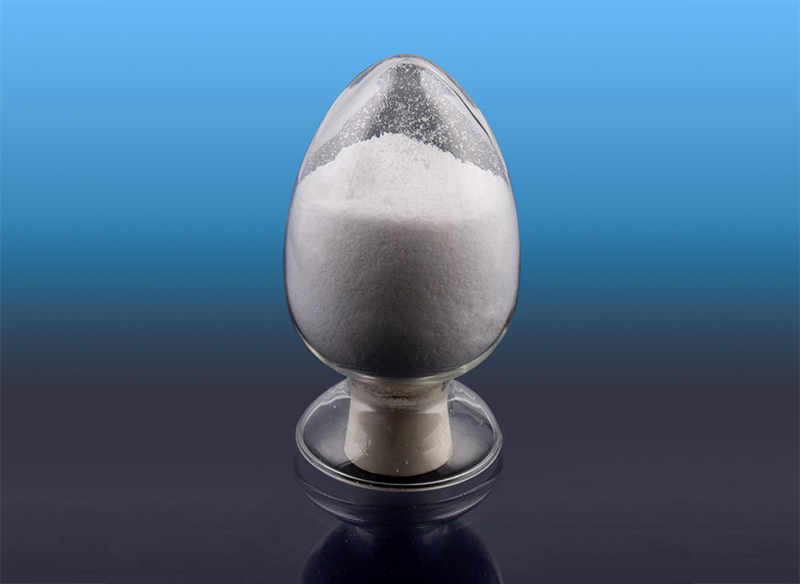What are the primary methods used to manufacture low-density TPR?
Low-density TPR (thermoplastic rubber) is manufactured using several primary methods, each affecting its properties and applications. Here’s an overview of these methods:
1. Extrusion
Process: In extrusion, low-density TPR pellets or granules are heated until they melt and become pliable. The molten material is then forced through a die to create continuous shapes, such as sheets, tubes, or profiles.
Applications: This method is commonly used for producing long, uniform products like seals, gaskets, and tubing. It’s efficient for high-volume production.
2. Injection Molding
Process: Injection molding involves heating low-density TPR until it melts and then injecting it into a mold under high pressure. Once the material cools and solidifies, it takes the shape of the mold.
Applications: This method is ideal for creating complex, detailed shapes and is used for parts like grips, buttons, and automotive components. It allows for high precision and repeatability.
3. Blow Molding
Process: In blow molding, low-density TPR is melted and formed into a parison (a hollow tube of plastic). Air is then blown into the parison, expanding it to fit the shape of a mold.
Applications: This technique is often used to create hollow items like containers, bottles, and other items requiring a uniform wall thickness.
4. Compression Molding
Process: Compression molding involves placing a pre-measured amount of low-density TPR into an open mold cavity. The mold is then closed, and heat and pressure are applied to shape the material.
Applications: This method is suitable for producing thicker, larger parts such as bumpers and pads. It’s often used for materials that require uniform density and strength.

5. Calendering
Process: Calendering involves passing low-density TPR through a series of heated rollers to produce thin sheets or films. The thickness is controlled by the spacing between the rollers.
Applications: This method is used for producing flat products like films, sheets, or coating materials. It’s ideal for applications where a uniform thickness is required.
6. Foaming
Process: Foaming involves incorporating a blowing agent into low-density TPR to create a cellular structure. The blowing agent causes the material to expand and form a foam-like texture.
Applications: Foamed low-density TPR is used for cushioning materials, seals, and insulating products. The foam structure provides additional flexibility, cushioning, and thermal insulation.
7. Co-extrusion
Process: Co-extrusion involves extruding two or more layers of low-density TPR simultaneously to create a multi-layered product. Each layer can have different properties.
Applications: This technique is used for products requiring different surface characteristics or performance attributes, such as enhanced grip or additional protection.
8. Thermoforming
Process: In thermoforming, low-density TPR sheets are heated until they become pliable, then stretched over a mold and cooled to form the desired shape.
Applications: This method is used for producing larger, shallow parts like trays, covers, or panels. It’s suitable for low to medium-volume production.
Each of these manufacturing methods allows for the customization of low-density TPR products to meet specific performance, appearance, and functional requirements. The choice of method depends on factors such as the desired product shape, volume, and material properties.





